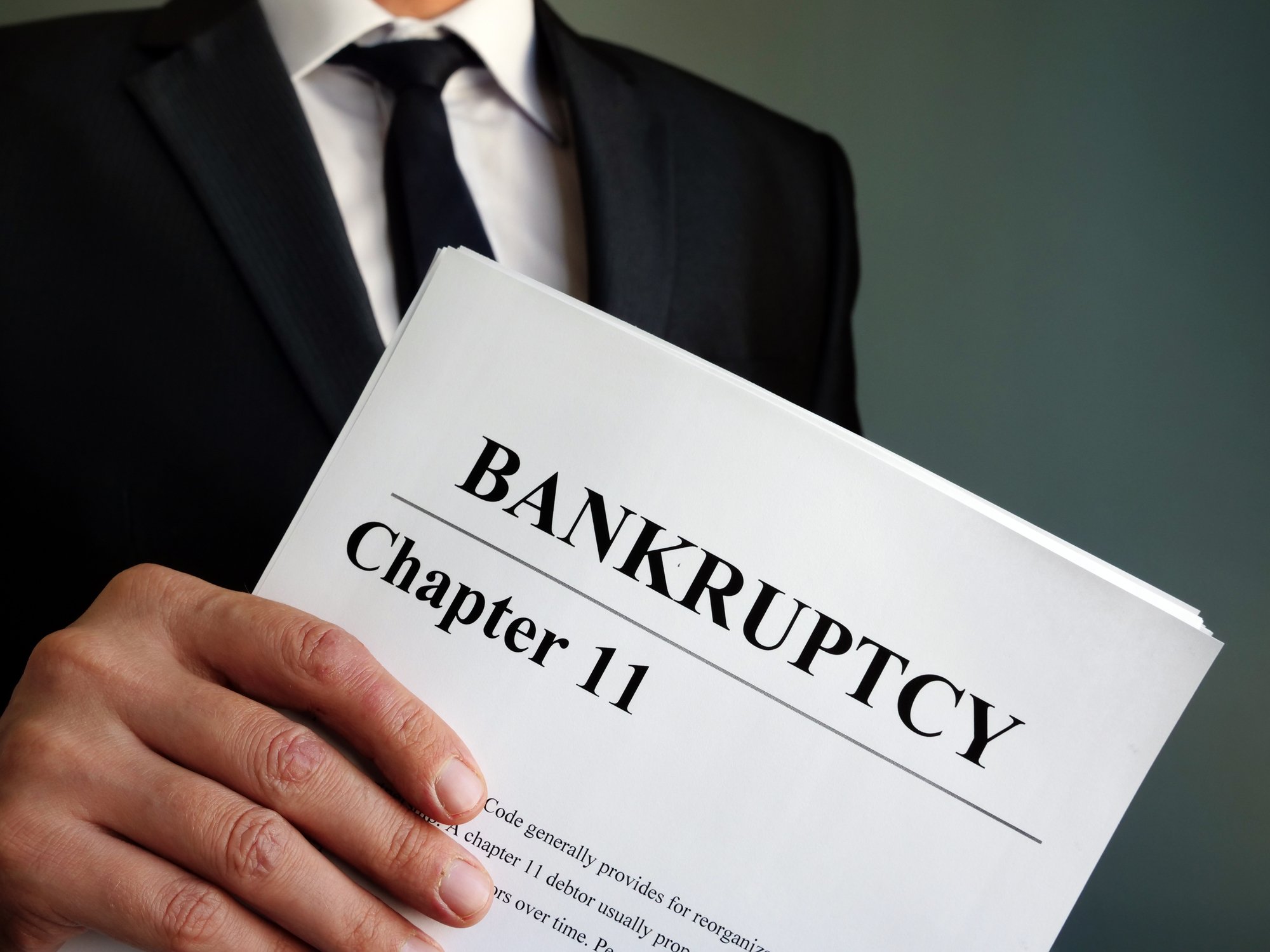Chesapeake Energy's (CHK +0.00%) stock price is down more than 90% over the past five years. One of the main reasons for that is volatile commodity prices, notably weak natural gas prices -- that commodity has long been the company's focus. However, Chesapeake has decided to keep shifting gears a little bit. Here's what's going on, and what to expect over the next year or so.
Lingering lows
At one point, drilling for natural gas was a hot growth market. Chesapeake happily participated, spending to drill new wells and deliver more gas to market. The problem is that now there's an abundance of natural gas supply in the U.S. market, outstripping the infrastructure needed to move it. Moreover, the price of the fuel has remained stubbornly low, well below its peak prices of a few years ago. It's little wonder that a natural gas-focused company like Chesapeake has fallen out of favor on Wall Street.

Image source: Getty Images
But management is working to do something about that -- specifically, it's shifting toward oil. The big moves came last year when the company sold its position in the Utica Shale region for roughly $2 billion and bought WildHorse Resource Development Corporation for around $4 billion. The Utica Shale assets were heavily gas-focused and Wildhorse leaned toward oil. That, in fact, was the big draw. The acquisition of Wildhorse is expected to help double the company's oil production by the end of 2020, lifting black gold to roughly 30% of Chesapeake's production mix.
Along the way to that mix shift, the driller wants to reduce leverage and balance spending with cash flow. That's a tall order, and there's a lot of work to be done. The heavy lifting toward that goal will continue over the next year or so.
Not there yet
The first thing to look for over the next 12 to 18 months is oil, and lots more of it. By the end of 2019 oil is expected to be roughly 26% of the mix. That should continue to increase in 2020. To do that, however, Chesapeake needs to execute well in its Brazos Valley and Powder River Basin assets. Those two are key drivers of its push to produce more oil. Keep an eye on them both over the next year or so.
That said, you'll also want to keep a close eye on costs. Drilling wells is an expensive process, so the only way Chesapeake is going to stop burning through cash is to get more efficient at drilling. It has been able to reduce costs by $500 million per well in the Brazos region, and is expecting the play to be cash flow positive by the end of 2019. You shouldn't take improvements like this for granted. Watch the company's entire portfolio to see that it continues down the path of increasing efficiency, or at the very least doesn't lose its edge and start allowing costs to rise. A continued focus on keeping expenses low will be key to generating positive free cash flow.
You'll also want to watch the balance sheet, though this one is likely to be a longer-term issue. Over the past five years, Chesapeake has reduced its long-term debt by around 18%. Nice, but not as great as it sounds -- long-term debt makes up roughly 80% of the capital structure today. As the company discussed in its first-quarter conference call, the biggest push recently was to exchange some near-term debt for longer dated debt, extending the driller's maturity profile. That gives it some breathing room, with no material debt maturities until 2024. The goal right now appears to be improving operating performance to improve leverage metrics, such as net-debt-to-EBITDA. That's fine, but the company's heavy debt balance could be a limiting factor on any decisions management makes. Keep an eye on it, even if there is unlikely to be any material change over the next year.
An important time
Chesapeake has been using the word transformational to describe the current period in its operating history. It is a process that has been playing out for a little while at this point, and is likely to continue for the next year or so. Energy prices are going to be the biggest driver of performance, with oil an increasingly influential piece of the puzzle. But transformations take time, and come with execution risk. That's all playing out behind the scenes here, with work being done at key projects and cost savings throughout the company (and on its cash flow and balance sheet statements).
Expect Chesapeake to continue shifting toward oil over the next year, but keep a careful eye on its results to make sure it is reaching the goals it has laid out for itself.







